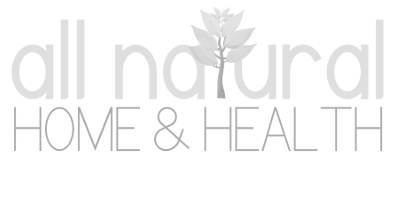Mold and Mycotoxins in your food supply
Please don't panic in general about food. Food itself is usually not toxic. Many people who have been exposed to toxic mold do NOT realize that yeast, and fungus and their toxins, which are usually present in stored and fermented food, are using our food to survive and grow, therefore increasing your symptoms of mold illness.
This page documents a list of foods that are high in yeast, fungus and mold and produce mycotoxins that have been documented and researched to cause specific diseases and very specific organ lesions in both animals and in humans and should never be ingested and if any only in small amounts AFTER you detox your body from the mold.
https://www.ncbi.nlm.nih.gov/pmc/articles/PMC5486318/
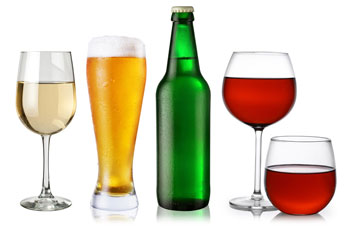 Alcoholic beverages Alcoholic beverages
Alcohol is the mycotoxin of the Saccharomyces yeast--brewer's yeast. Other mycotoxins besides alcohol can also be introduced into these beverages through the use of mold-contaminated grains and fruits. Producers often use grains that are too contaminated with fungi and mycotoxins to be used for table foods, so the risk is higher that you are consuming more than just alcohol in your beverage (Council for Agricultural Science and technology. Mycotoxins: Economic and Health Risks. Task Force Report Number 116. CAST. Ames, IA. Nov 1989).
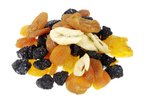 Dried Fruits - (Raisins, Apricots, Prunes, Figs, Cranberries) also included are "Dates" Dried Fruits - (Raisins, Apricots, Prunes, Figs, Cranberries) also included are "Dates"
There are reports of aflatoxins in raisins and OTA in dried figs, apricots, dried plums (prunes), dates, and quince. Dried fruits can be contaminated with aflatoxins, OTA, kojic acid, and, occasionally, with patulin or zearalenone.
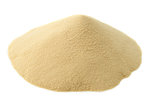 Yeast - (Any form) Yeast - (Any form)
A microscopic fungus consisting of single oval cells that reproduce by budding, and are capable of converting sugar into alcohol and carbon dioxide. Yeast can cause yeast infections and a massive growth of Candida Albicans. Reproduces vegetatively by budding or fission, including forms such as candida that can cause disease.
NUTRITIONAL YEAST: (is not so nutritious) and can be flat out dangerous. Many vegan, vegetarian and Paleo recipes include this not so friendly mold in recipes considered "healthy"
Dangers of consuming Nutritional Yeasts - https://www.hindawi.com/journals/criid/2017/2941527/#abstract
 Corn Corn
Corn is "universally contaminated" with fumonisin and other fungal toxins such as aflatoxin, zearalenone and ochratoxin (Council for Agricultural Science and Technology. Mycotoxins: Risks in Plant, Animal and Human Systems. Task Force Report No. 139. Ames, IA. Jan 2003). Just as corn is universally contaminated with mycotoxins, our food supply seems to be universally contaminated with corn--it's everywhere! A typical chicken nugget at a fast food restaurant consists of a nugget of corn-fed chicken that is covered by a corn-based batter that is sweetened with corn syrup!
Corn is a key ingredient in numerous food items like cereal, peanut butter, snack foods and soft drinks. There are more than 4,200 different ways they are contaminating products with mycotoxin-laden corn, and more are being found each day including corn itself, popcorn, cornmeal (cornbread, corndogs, polenta), corn flour (ex: tortillas and chips), Corn cereals like Kix, CornPops, Chex, CornFlakes ect., High Fructose Corn Syrup and other Corn Syrups.
HIDDEN SOURCES OF CORN:
Acetic and amino acids
Alcoholic beverages and brewing
Antibiotics
Aspirin
Baby food
Bacon
Baked goods
Bakery products
Baking powder
Batteries
Benadryl (Overcounter Medicine)
Blankets and bedding
Bookbinding
Breadings, coatings and batters
Cake, cookie, dessert mixes
Candies
Canned fruits, fruit fillings
Caramel color
Carbonated and fruit beverages
Cardboard
Carpet tile
Cereals
Chalk
Charcoal briquettes
Cheese spreads
Chewing gum
Citric acid
Cleaners, detergents
Coatings on paper, wood and metal
Coffee whitener
Color carrier for printing
Condiments
Confections, chocolate
Corn bread
Corn chips
Corn flakes
Cornmeal mixes
Cosmetics
Crayons
Disposable diapers
|
|
Doughnuts
Dried soups
Drink cups, plates and cutlery
Dusting for pizzas
Dyes and inks
Electroplating and galvanizing
English muffins
Enzymes
Fermentation processes
Fireworks
Food acids
Food coloring
Food packaging
Fritters
Frosting and icing
Frozen and dried eggs
Frozen pudding
Glues and adhesives
Gravy mixes
Hams
Hot dogs, bologna
Hush puppies
Ice cream and sherbets
Industrial chemicals
Industrial filters and water
Industrial sweetener
Insecticides
Instant breakfast foods
Instant pudding mix
Instant tea
Jams, jellies, preserves
Laminated building materials
Leather tanning
Lubricants
Mannitol
Marshmallows
Matches
Meat products
Metal plating
Muffins
|
|
Ore and oil refining
Organic solvents
Paints
Pancake mixes
Paper, recycled paper
Peanut butter
Pet food
Pharmaceuticals
Pickles and relishes
Plastics
Polenta
Potato chips
Powdered mixes
Powdered sugar
Precooked frozen foods
Rayon
Rubber tires
Salad dressings
Salt
Sausage
Seasoning mixes
Shampoo
Shaving cream
Shoe polish
Snack foods
Soaps and cleaners
Soups
Spices
Spoon bread
Sports and active wear
Spray cooking oil
Surgical dressings
Textiles
Theatrical makeup
Tomato sauces
Vinegar
Wallboard and wallpaper
Wine
Worcestershire sauce
Yeast
|
 Wheat Wheat
Not only is wheat often contaminated with mycotoxins, but so are the products made from wheat, like breads, cereals, pasta, etc. Pasta may be the least-"offensive" form of grains since certain water-soluble mycotoxins, such as deoxynivalenol (vomitoxin), are partially removed and discarded when you toss out the boiling water that you cooked the pasta in. Unfortunately, traces of the more harmful, heat-stable and fat-soluble mycotoxins, such as aflatoxin, remain in the grain. Regarding breads--it probably doesn't matter if it's organic, inorganic, sprouted, blessed or not--if it came from a grain that has been stored for months in a silo, it stands the chance of being contaminated with fungi and mycotoxins.
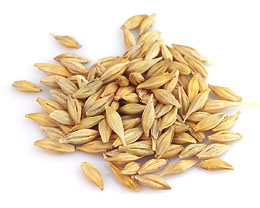 Barley Barley
Similar to other grains that can be damaged by drought, floods and harvesting and storage processes, barley is equally susceptible to contamination by mycotoxin-producing fungi. Barley is used in the production of various cereals and alcoholic beverages as well as the production of "MALTED" products.
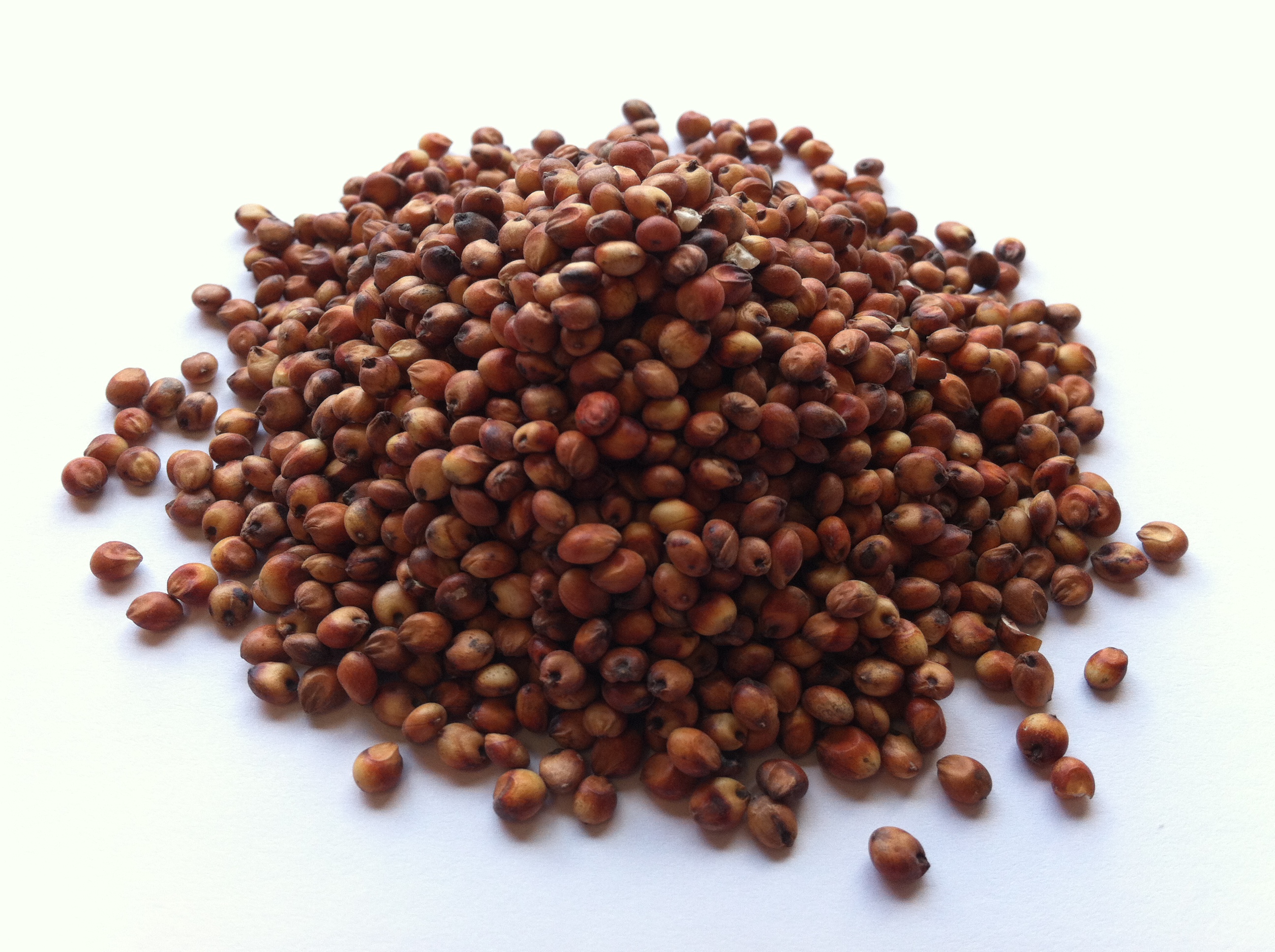 Milo also known as Sorghum Milo also known as Sorghum
Milo is a food product that is a staple in 60 countries. It is another name for "SORGHUM". Sorghum is used in a variety of grain-based products intended for both humans and animals. It is also used in the production of alcoholic beverages. It is used for feeding livestock and to make breads, cereals, snacks, pancakes, and even cookies. It is also used in ethanol. Milo is a grain often used to feed the animals you eat such as pigs, cattle and chicken.
- According to research at Iowa State University Milo was found to contain: Aflatoxins (B1, B2, G1, G2) from Aspergillus flavus, Aspergillus parasiticus, Vomitoxin (deoxynivalenol, DON) from Fusarium roseum Mycotoxins in Sorghum and Millet Grains
 Soy Beans Soy Beans
Soybean are plants used extensively in food and feed manufacturing as a source of proteins, carbohydrates and oils. Soybeans, due to their chemical composition, are particularly susceptible to microbial contamination, especially by filamentous fungi. Soybeans can be contaminated with fungi, either during vegetation in the field or during storage, as well as during the processing. More reasons to stay clear of soy, soy lecithin and soy containing products is that soy naturally disrupts the human endocrine system (hormones, thyroid, adrenals, reproductive systems) also, all US produced soy now comes from GMO varieties.
http://www.intechopen.com/books/soybean-pest-resistance/mycotoxins-in-cereal-and-soybean-based-food-and-feed
 Sugar (sugar cane) Sugar (sugar cane)
Not only are sugar cane often contaminated with fungi and their associated fungi, but they, like the other grains, fuel the growth of fungi. Fungi use carbohydrates--sugars--to thrive.
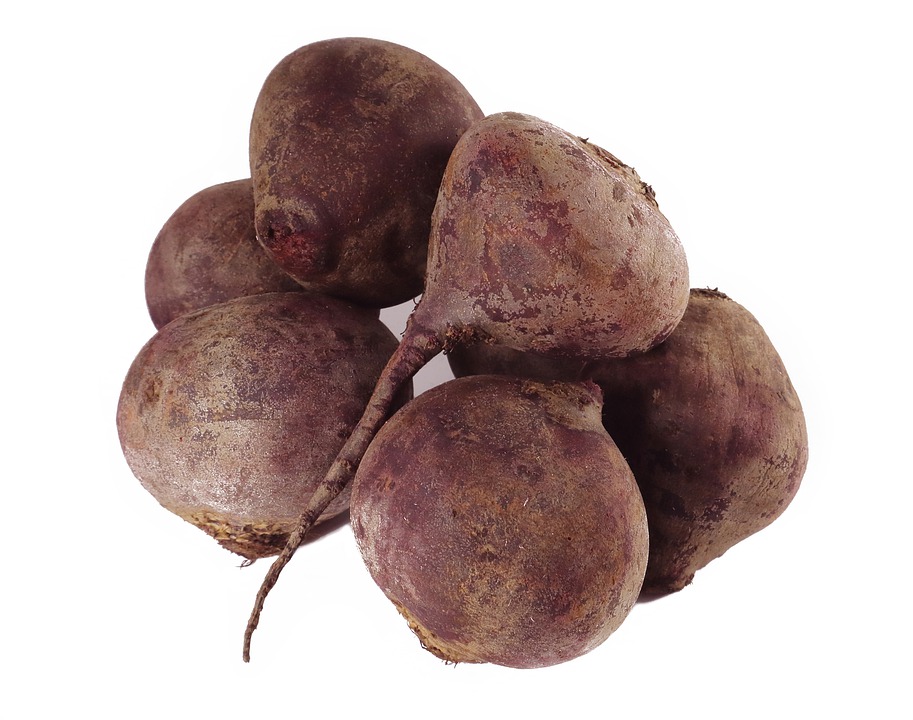 Beets Beets
All varieties of beets are often contaminated with fungi and they also fuel the growth of fungi with their natural sugar content. Fungi use carbohydrates--sugars--to thrive. Avoiding ALL root vegetables ("except carrots": here's why), is a good idea (During a mold detox) Once you are detoxed full root vegetables should be a normal part of your diet. Just wait until you are fully detoxed from mold first before bringing them back into your diet.
https://www.sciencedirect.com/science/article/pii/S0377840115001212
https://www.allaboutfeed.net/Mycotoxins/Articles/2019/3/Zearalenone-in-German-sugar-beet-products-399471E/
https://aem.asm.org/content/58/10/3233.full.pdf
https://www.ncbi.nlm.nih.gov/pubmed/1444361
 Peanuts Peanuts
A 1993 study demonstrated 24 different types of fungi that colonized the inside of the peanuts used in the report (Costantini, A. Etiology and Prevention of Atherosclerosis. Fungalbionics Series.1998/99). And this was after the exterior of the peanut was sterilized! So, when you choose to eat peanuts, not only are you potentially eating these molds, but also their mycotoxins. Incidentally, in the same study the examiners found 23 different fungi on the inside of corn kernels. That said, if you choose to plant your own garden in an attempt to avoid mycotoxin contamination of corn or peanuts, it does you no good if the seed (kernel) used to plant your garden is already riddled with mold.
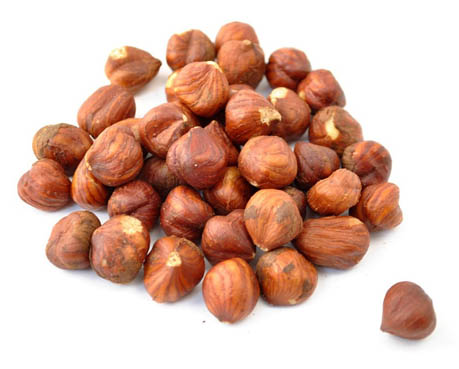 HazelNuts HazelNuts
Mold contamination in the hazelnut is prevalent, and mycotoxin contamination is a significant food safety issue due to serious adverse effects on human and animal health. Hazelnuts are commonly found to contain Aflatoxin Mycotoxins.
 Chestnuts Chestnuts
Mold and mycotoxin detection amoungst commercially sold Chestnuts is rampid. Here in this study, chestnuts were purchased from a random Canadian grocery store and evaluated. High levels of penicillium that produce dangerous Ochratoxins were detected as well as some levels of dangerous aspergillus.
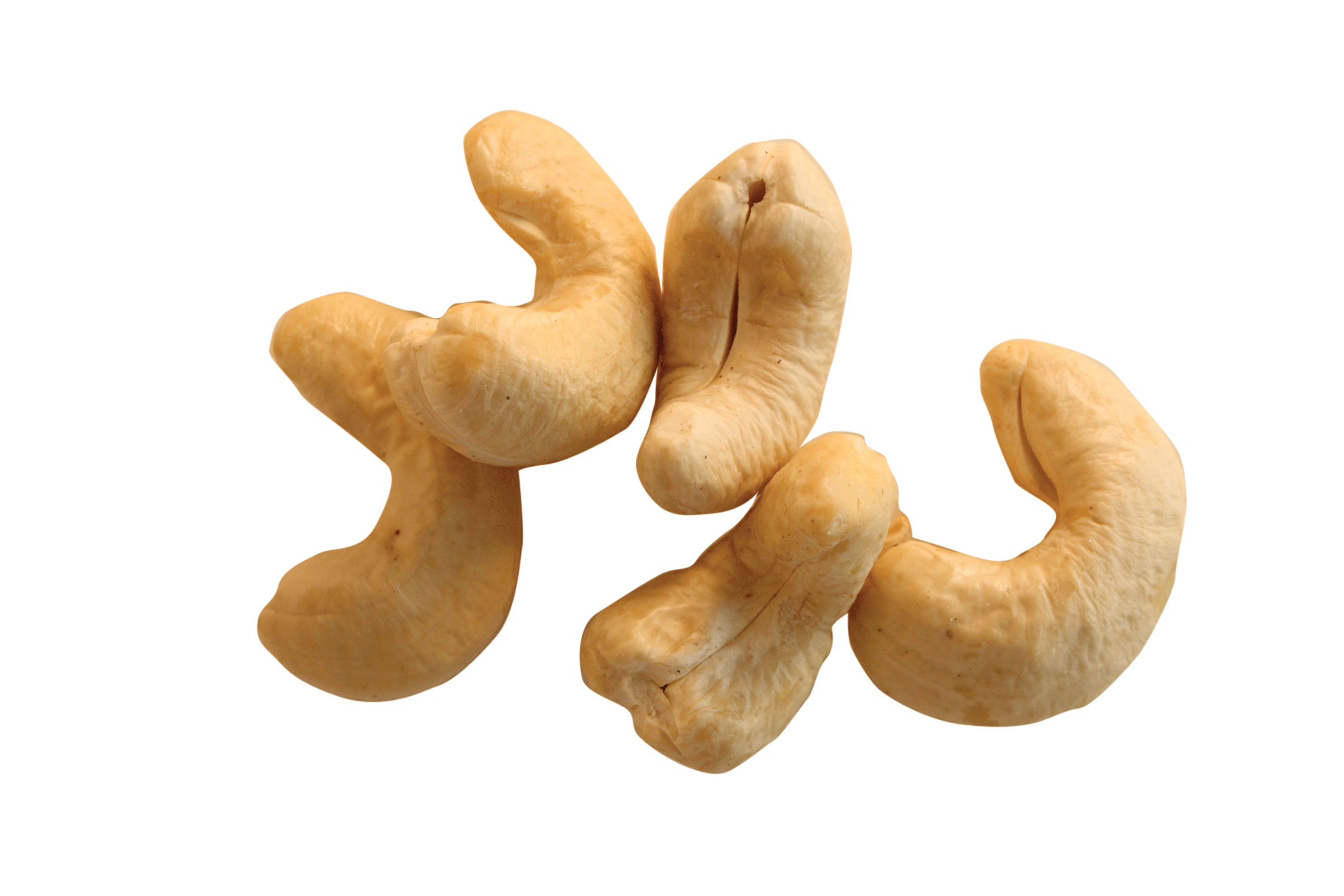 Cashews Cashews
Cashews contain over 27 strains of fungi that produce mycotoxin so cashews should definitely be avoided by anyone who has had an exposure to mycotoxin.
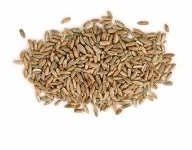 Rye Rye
The same goes for rye as for wheat and other grains. In addition, when we use wheat and rye to make bread, we add two other products that compound our fungal concerns: sugar and yeast!
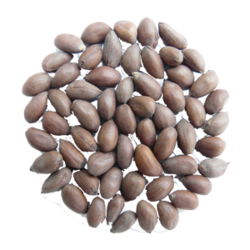 Cottonseed Cottonseed
Cottonseed is typically found in the oil form (cottonseed oil), but is also used in the grain form for many animal foods. Many studies show that cottonseed is highly and often contaminated with mycotoxins.
 Sunflower Seeds & Sunflower oils Sunflower Seeds & Sunflower oils
 Hard Cheeses Hard Cheeses
Here's a hint: if you see mold growing throughout your cheese, no matter what you paid for it, there's a pretty good chance that there's a mycotoxin not far from the mold. It is estimated that each fungus on Earth produces up to three different mycotoxins. The total number of mycotoxins known to date numbers in the thousands.On the other hand, some cheeses, such as Gouda cheese, are made with yogurt-type cultures, like Lactobacillus, and not fungi (Costantini, 1998/99). These cheeses are a much healthier alternative, fungally speaking.
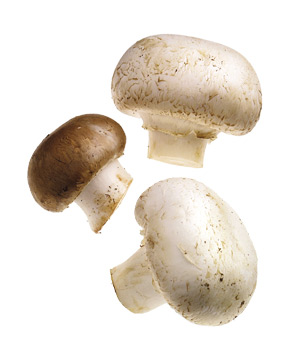 Mushrooms Mushrooms
For obvious reasons stay away from mushrooms. They are a fungus. All types of mushrooms should be avoided by anyone who is dealing with a fungal issue or mold toxicity. Storebought mushrooms encourage yeast growth and Candida in the body. Some types of mushrooms can be deadly because of the mycotoxin neurotoxins they produce. Here is an educational article from the FDA in regards to poisonous mushrooms that should be avoided
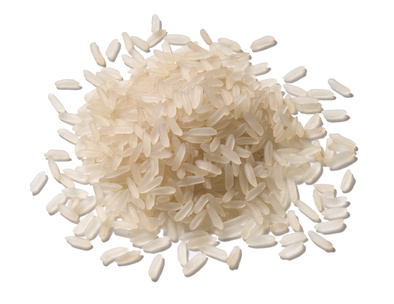 Rice Rice
Mycotoxin contamination in rice is usually lower as in wheat or corn. However, there are some reports that rice has been contaminated with mycotoxins such as aflatoxin B1, B2, G1, G2 (AFS), citrinin, deoxynivalenol (DON), fumonisin B1, B2, B3 (FMS), fusarenon-X (Fus.-X), nivalenol (NIV), ochratoxin A (OTA), sterigmatocystin (STE), and zearalenone.
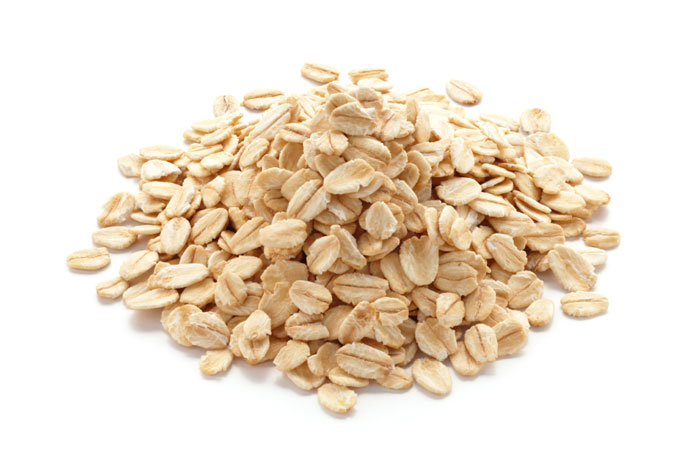 Oats Oats
occasionally food inspectors will come across a batch of mold-contaminated oats. However, all other things being considered, these crops are generally more resistant to fungal contamination (CAST 1989). Oats however, should be avoided for at least a year after a mold toxicity because toxic molds in the body can use the glucose from oats as fuel to gain ground and take over the host.
 Beans & Lentils Beans & Lentils
Beans & Lentils are commonly found to be contaminated with species of the Aspergillus glaucus group, the toxicogenic species A.ochraceus, Penicillium cyclopium, and P. viridicatum, and species of Alternaria, Cladosporium, and Fusarium.
 Pig Meat Pig Meat
Pigs are often fed almost ALL of the foods listed here on the moldy foods list and often are very sick from toxic mold exposures due to a high concentration of mycotoxins they have ingested from grains like corn. The average pig actually has "mycotoxicosis" and trying to keep pigs healthy and free of mycotoxin related diseases is an ongoing issue.
 Farm Raised Seafood & Fish Farm Raised Seafood & Fish
Farm raised fish are being fed pellet meals and not eating foods normall found in their natural environment. Because of this fish are being fed moldy plants, animals, corn, wheat, barley, oats and soy that are contaminated with mycotoxins. These type of fish are a very sickly type and can make you very ill if eaten on a regular basis. As well anyone with a mold or fungal issue should stay away from all farm raised seafood of any kind.
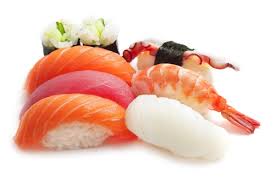 Raw Animal and/or Fish meat (aka Sushi) Raw Animal and/or Fish meat (aka Sushi)
Sushi is most common for high levels of Wallemia molds. (Study Here) It also contains parasites and parasitic eggs.
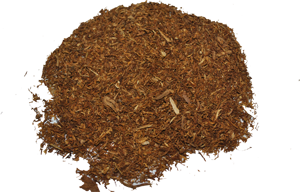 Tobacco Tobacco
The FDA even admits in their literature and studies that Tobacco is most often laden with AflatoxinB. AflatoxinB is a well known carcinogen. Most people think they got cancer from smoking cigarettes. Little do they realize they got cancer from AflatoxinB mixed with other activating cancer compounds used to make the cigarettes.
 Mycotoxins in Paprika & Chili Powder Mycotoxins in Paprika & Chili Powder
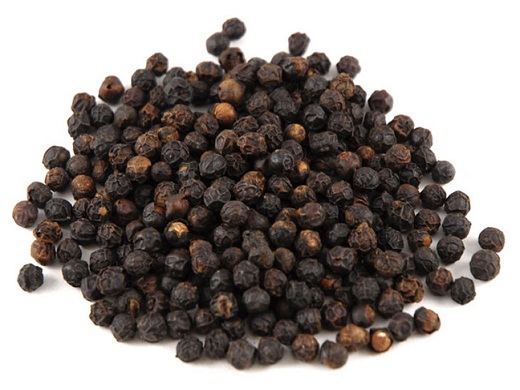 Mycotoxins in all types of Pepper and Peppercorns Mycotoxins in all types of Pepper and Peppercorns
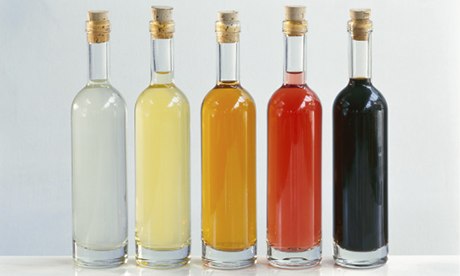 Vinegars and Apple Cider Vinegar (ACV) Vinegars and Apple Cider Vinegar (ACV)
Vinegar or apple cider vinegar acidifies the blood and tissues which promotes the production of bacteria, yeast, fungus, and mold. * However, if used on very small amounts, like a teaspoon on salads will kill any type of bacteria on the lettuce is not harmful. Especially Apple Cider Vinegar contains the mycotoxin "Patulin" that is found on rotting apples. All types of vinegar should be avoided as they use moldy grains and fruit in the fermentation process including: Malt vinegar, rice vinegar, balsamic vinegar, apple cider vinegar, white vinegar, wine vinegar and more.
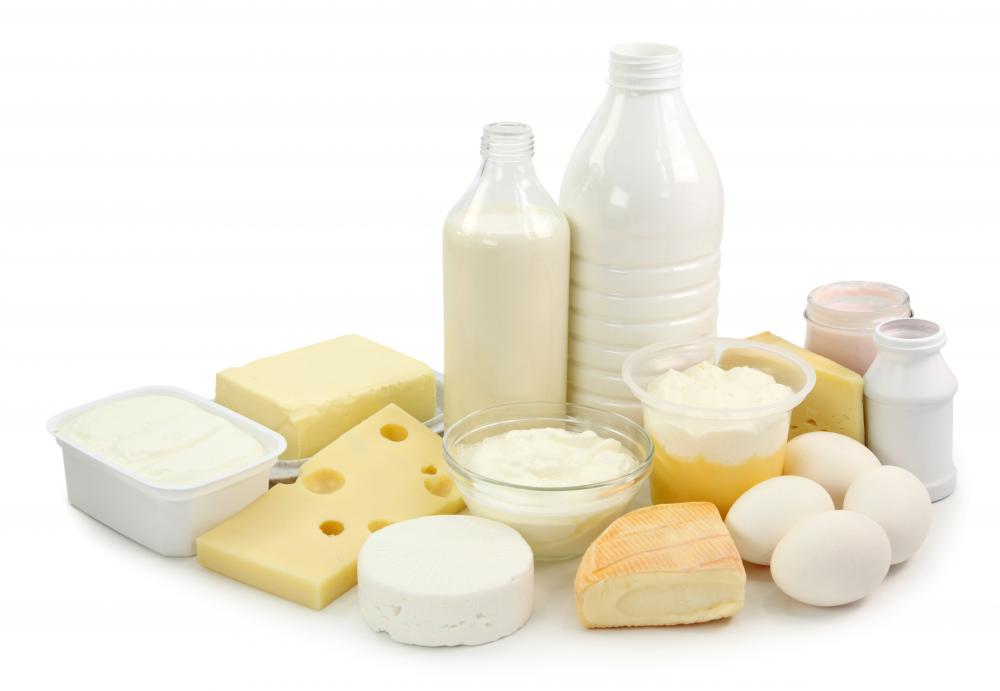 Dairy Products Dairy Products
Mycotoxins may contaminate dairy products by moulds growing on them, or by the carry-over of mycotoxins occurring in animal feedstuffs ingested by dairy cattle.
 Store-bought/"NON" Pastured Eggs Store-bought/"NON" Pastured Eggs
The reason that certain eggs are considered a moldy food is not necessarily because of the egg itself but what they are feeding the chicken that produced that egg. Most chickens are fed moldy grains which cause the chicken to produce a mycotoxin-filled egg. To avoid mycotoxins in eggs search for farmers or eggs that are labeled "pasteured" or "green pasture" sourced. Check out our article we wrote here on distinguishing store bought mycotoxin eggs from the good and healthy mycotoxin-free eggs.
  Chocolate / Cocoa / Cacao Chocolate / Cocoa / Cacao
I know I am definitely doing a lot of hurt by revealing that chocolate is well known for mycotoxin contamination.
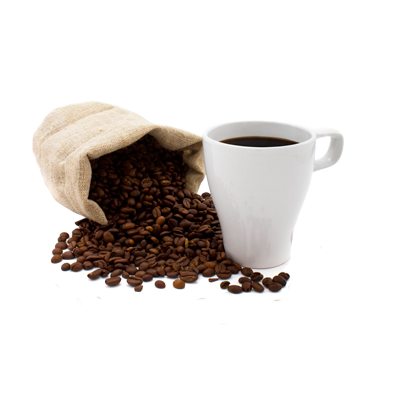
Coffee and Coffee Beans
Coffee is a natural product susceptible to mycotoxin contamination. Because coffee is a popluar drink and also very controversial in the health community as far as some saying it is very healthy, while others are saying it is very toxic, we have to exam the facts and scientific lab results do not lie. Here are just some of the mycotoxins detected in some batches of retail and commercially-sold coffees: nivalenol, deoxynivalenol, T-2 and HT-2 Toxin, diacetoxyscirpenol, aflatoxin B1, aflatoxin B2, aflatoxin G1, aflatoxin G2, fumonisin B1, fumonisin B2, ochratoxin A, zearalenone, enniatin A, enniatin A1, enniatin B, enniatin B1, and beauvericin. With these results we cannot turn a blind-eye to the fact that coffee contains mycotoxigenic species of mold.
Chicory Root (Chicory coffee) - Chicory is a root vegetable. Almost all root vegetables "except carrots" have a reputation of testing positive for higher than normal levels of molds that produce mycotoxin. Chicory does not produce as much Ochratoxin as coffee but it is still in the zone that is too high for our list as it applies to detoxifying your body from mold and mycotoxin. https://pdfs.semanticscholar.org/c4d6/4cf9be6fefeb411359f3732b8b3fd24371c4.pdf
Moldy Bread
This one might be obvious, but you don't know how many times I've seen people literally pick the mold off and eat the bread anyway. This awesome science-based video explains why you should NEVER eat foods that have visible mold on them.
|
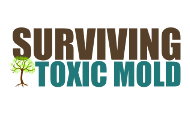
 Alcoholic beverages
Alcoholic beverages Dried Fruits - (Raisins, Apricots, Prunes, Figs, Cranberries) also included are "Dates"
Dried Fruits - (Raisins, Apricots, Prunes, Figs, Cranberries) also included are "Dates" Yeast - (Any form)
Yeast - (Any form) Corn
Corn  Wheat
Wheat  Barley
Barley  Milo also known as Sorghum
Milo also known as Sorghum Soy Beans
Soy Beans Sugar (sugar cane)
Sugar (sugar cane)  Beets
Beets Peanuts
Peanuts  HazelNuts
HazelNuts Chestnuts
Chestnuts Cashews
Cashews Rye
Rye  Cottonseed
Cottonseed  Sunflower Seeds & Sunflower oils
Sunflower Seeds & Sunflower oils Hard Cheeses
Hard Cheeses  Mushrooms
Mushrooms Rice
Rice Oats
Oats Beans & Lentils
Beans & Lentils Pig Meat
Pig Meat Farm Raised Seafood & Fish
Farm Raised Seafood & Fish Raw Animal and/or Fish meat (aka Sushi)
Raw Animal and/or Fish meat (aka Sushi) Tobacco
Tobacco Mycotoxins in Paprika & Chili Powder
Mycotoxins in Paprika & Chili Powder  Mycotoxins in all types of Pepper and Peppercorns
Mycotoxins in all types of Pepper and Peppercorns Vinegars and Apple Cider Vinegar (ACV)
Vinegars and Apple Cider Vinegar (ACV)  Dairy Products
Dairy Products Store-bought/"NON" Pastured Eggs
Store-bought/"NON" Pastured Eggs
 Chocolate / Cocoa / Cacao
Chocolate / Cocoa / Cacao 



